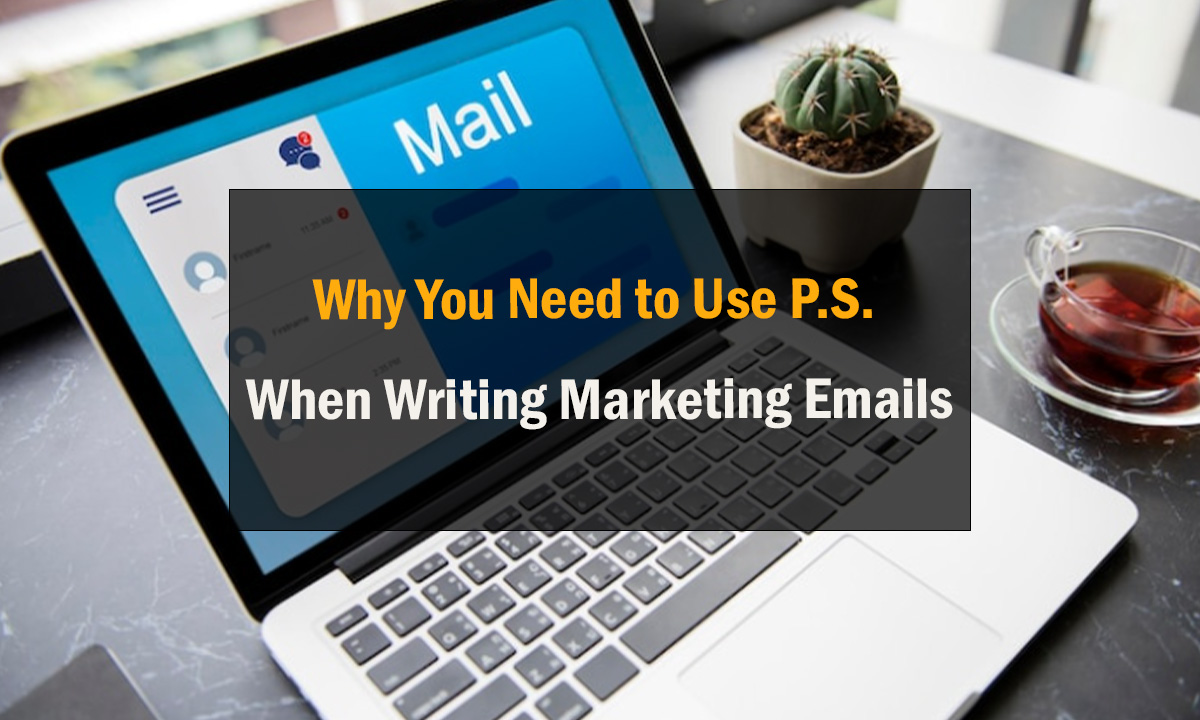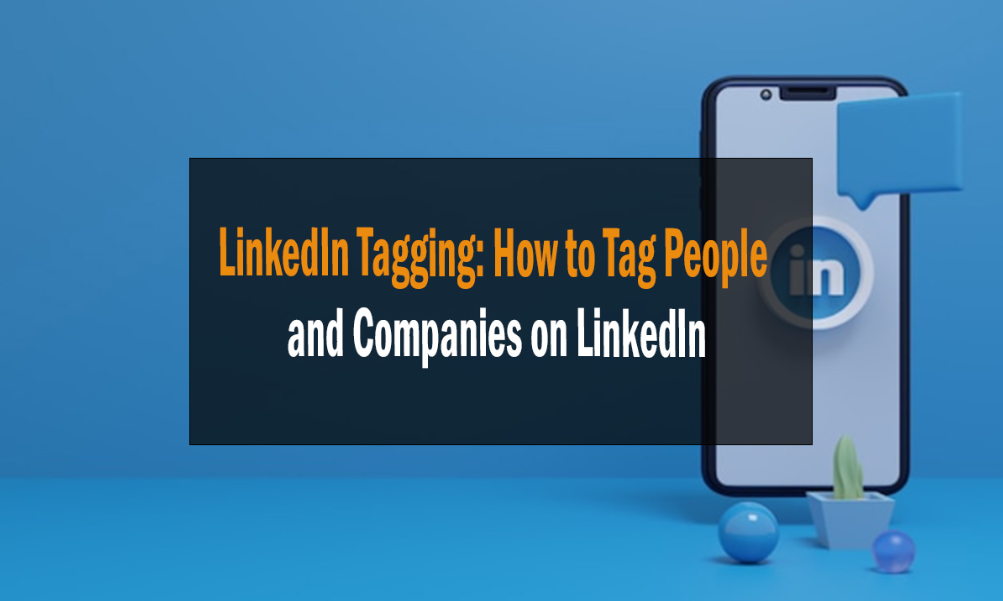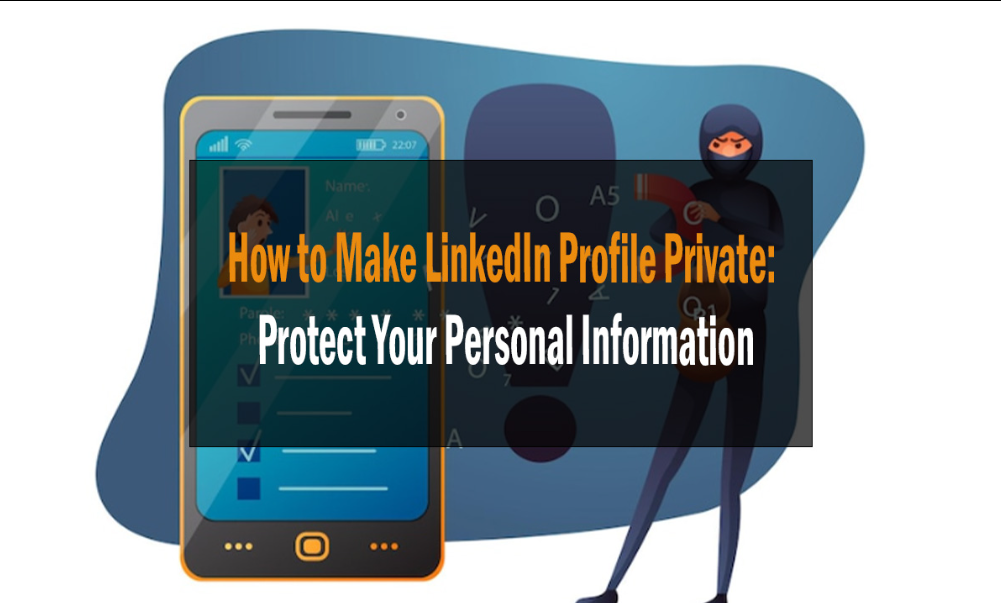
Why You Need to Use P.S. When Writing Marketing Emails
Why You Need to Use P.S. When Writing Marketing Emails
P.S. is often one of the most overlooked elements in email marketing, but it can be extremely powerful. Why? Because people tend to read the P.S. first, before anything else in the email.
So if you’ve got something important to say, make sure you put it in the P.S.! It could be a call-to-action, a special offer, or just a reminder of what the email was about. Whatever it is, make sure it’s short and to-the-point so that your readers will actually see it and take action.
Using P.S. in your emails can be a great way to boost your open rates and get more people taking action on your emails. So next time you’re sending out an email, don’t forget to use P.S.!

Writing marketing emails is a crucial aspect of any email marketing campaign. Sure, they are selling different products and getting you interested in new ideas, but they all seem to have a few main points in common. The reason for this is because these writing tactics and styles have been proven to increase engagement.
One of these proven tactics is using P.S. at the end of an email. You’ve seen this strategy before, right? Did you ever wonder why you keep seeing it in emails? We will dive into the tips and tricks of using P.S. in writing your marketing emails by looking at what P.S. stands for, how to use P.S., how and why using P.S. works, and why you need to use P.S. in your marketing emails.
What Does P.S. Stand For?
A postscript is an end-of-paragraph sign at the bottom of a computer screen or document, which may be written as either .P.S., for “postscript,” or simply P.S. The Latin term post scriptum means “written after.” A postscript is defined as an afterthought or a notion that occurs after the letter has been composed and signed.

How Did P.S. Evolve?
Adding an important note or correcting a mistake was difficult in the days when letters were frequently hand-written and paper and ink were limited. Unfortunately, because White-Out and computers had not been created yet, the only alternatives were to rewrite the entire letter or add a postscript at the end.
Typewriters were invented after people started writing letters by hand. They, however, had the same issue: once you’ve written a letter, it’s finished. P.S., which has been a mainstay of handwritten communications since the age of typewriters, suffered in an identical way as handwritten notes do today.
The need for postscripts, such as in the other two mediums of handwriting and typewriters, is no longer necessary in the computer age. If you want to remember something important but forgot it before, simply return to the document and add it. Incorrections are also readily correctable with computers since they do not exist. So has the usage of P.S. letters and emails ended? nNo! In marketing emails, P.S.’s have found a new home.
Why You Need To Use P.S. in Your Marketing Emails
According to the Journal Editorial staff, the majority of people read the P.S. first when reading a letter. It’s not the conclusion; it’s the opening paragraph. Human psychology and how the brain absorbs information are factors in why using a P.S. section in marketing emails is effective.
People’s psychological tendencies and how the human brain works explain why using a P.S. section in marketing emails is effective.

1. How the brain processes and stores information:
In a nutshell, when reading a short email, the brain retains three things: the beginning, the uncommon, and the conclusion. You can utilize a clearly defined P.S. at the end of your marketing email to help your readers’ brains retain what they will recall most (and extra bonus points if it is unique).
2. The Zeigarnik Effect:
The Zeigarnik effect is an explanation for how people read and process information in emails. Bluma Zeigarnik, a Soviet psychologist, conducted research on the idea that restaurant waiters could retain detailed billing information as long as the tabs were still open. The check was paid and closed; however, the server couldn’t recall much of what was ordered. Because it has no relevance, the brain closes the loop and erases the memory.
What Should Marketers Put in the P.S. When Writing Marketing Emails?

Now that we know why utilizing P.S. in marketing emails is effective, let’s look at the key components of incorporating P.S. into your marketing emails.
Pain Points:
The first marketing principle is to exploit and pressure readers’ pain spots. Pain spots are the things that your readers will lose or how they will be harmed if they do not take action on your offer. Make sure you target a pain point in your P.S.
Benefits:
It’s a good idea to include something in the P.S. section that reminds the reader of your offer. It’s more likely they’ll remember it as their last item read because it’s the last thing they see.
Urgency:
The last aspect of a solid P.S. section in writing marketing emails is to generate a sense of urgency for the reader to respond and engage with your offer. nWe can’t prescribe what to include in your marketing email’s P.S., since the nature of the emails will differ depending on your business. However, there are certain qualities found in effective and profitable marketing campaigns that are worth noting.
Call to Action:
A call to action (CTA) is a message that encourages readers to perform an activity. Why not allow them to act and conclude the transaction right then and there if you’re utilizing the Zeigarnik effect and leaving them wanting to close the action loop?
Extra Thought:
Sometimes, it’s necessary to include additional information. It doesn’t quite fit your email, but you’d still want to inform readers about a special deal.
Testimonials:
The P.S. is an excellent method to add more social proof to your email and build readers’ confidence.
Connections:
In the P.S. part, remarking that you have a Facebook or Instagram page is a good approach to get people to follow you on other social media platforms. Make sure you’re using your most well-known or most popular social media platform so they’ll want to follow you there. Make it easy for them to do so.
Charm:
The P.S. section is an excellent opportunity to spruce up your marketing email with flair. Although you’re most likely discussing the specifics of your product or service for the majority of your message, marketing emails can get a little dry at times. Humor or a remarkable fact might help distinguish your message in the reader’s minds.
Time Sensitive:
The P.S. section can be used to emphasize the urgency of your offer, as previously said. FOMO (fear of missing out) is a powerful persuasion technique that may be effectively utilized in the P.S. area of marketing emails.
Summary: Writing Marketing Emails
You can also use the P.S. section to sum up the key points of your email in a few lines. Remember that many subscribers check out the P.S. first, right after reading the title. The P.S. section should stand alone or be interesting enough to cause readers to return and read the rest of your message.
You should include a P.S. section subject relevant to the email you’re composing. Depending on your call-to-action button or what you want readers to get from your email, you may utilize various characteristics and methods. Also, if you wish to respond to a question raised in the body of the email, consider including it in the P.S. area, or at least encourage them to click on your call-to-action button to discover more information.
Conclusion Writing Marketing Emails
The P.S. portion of a marketing email is a powerful even required component of any successful email marketing campaign, which is why you must utilize P.S. in your emails. You may use the methods outlined in this article to add that particular personal touch to your marketing emails that your customers will remember and act on.






